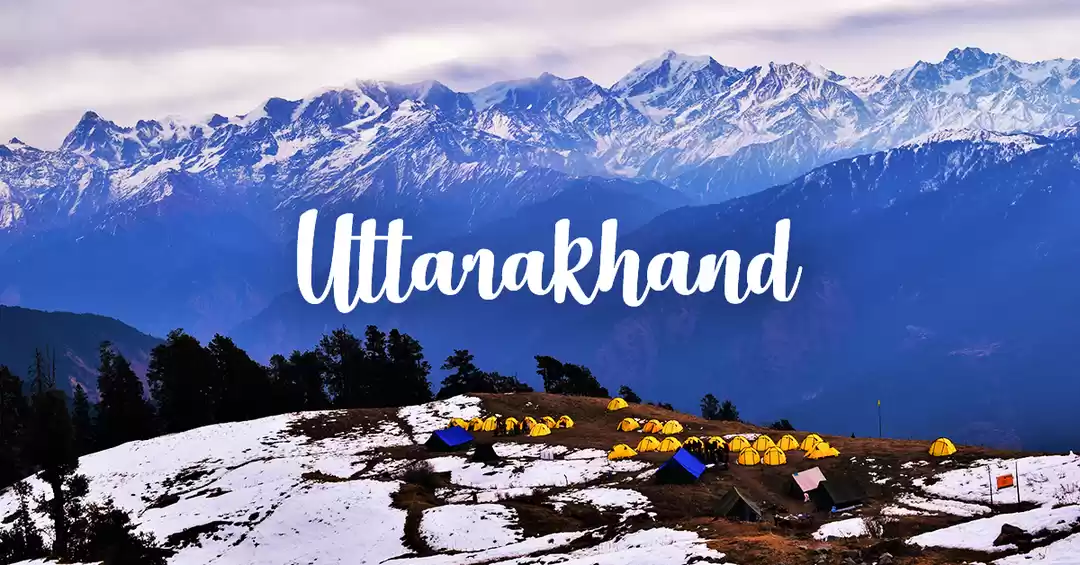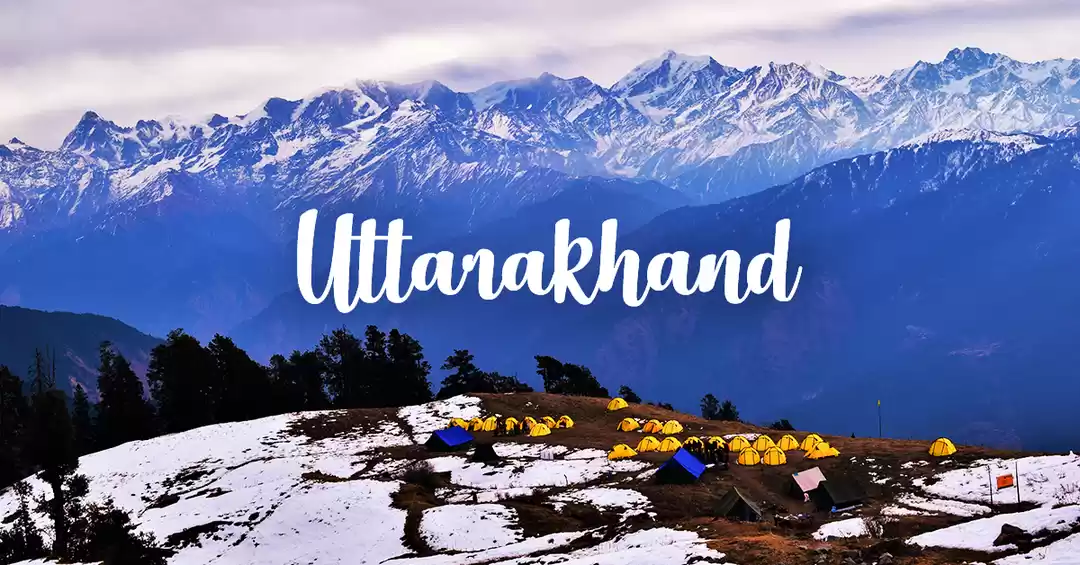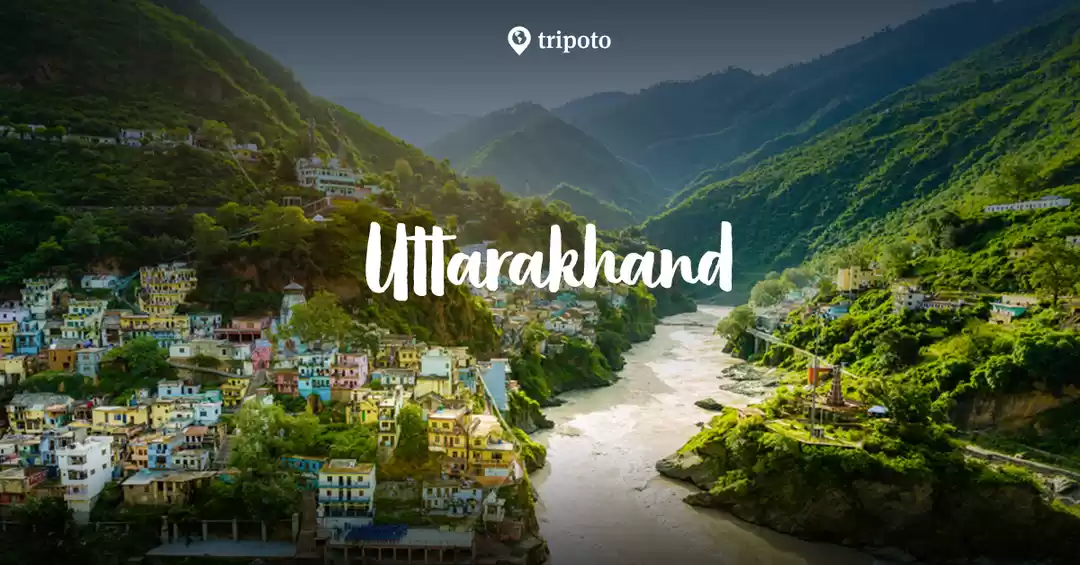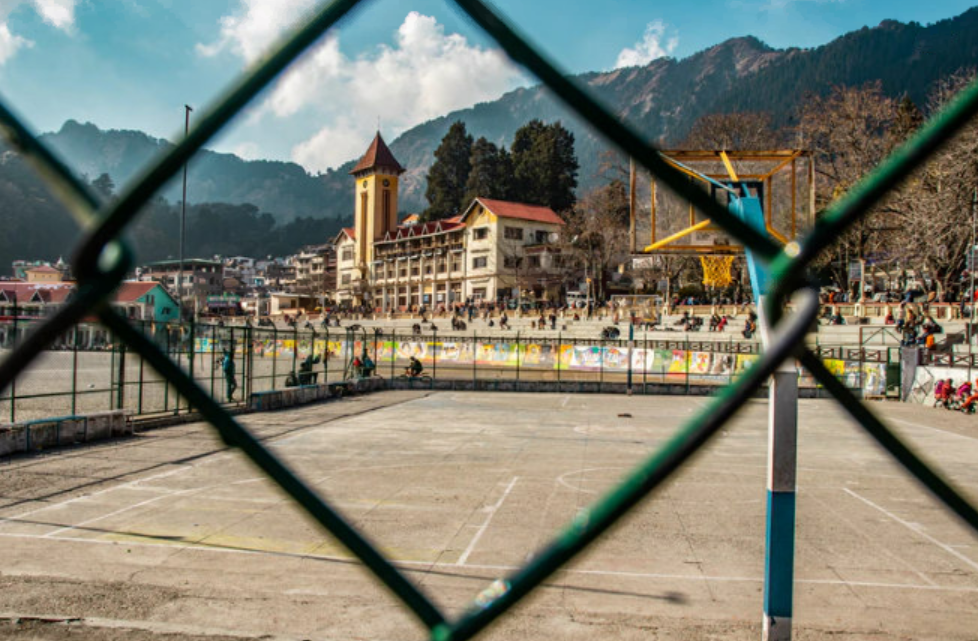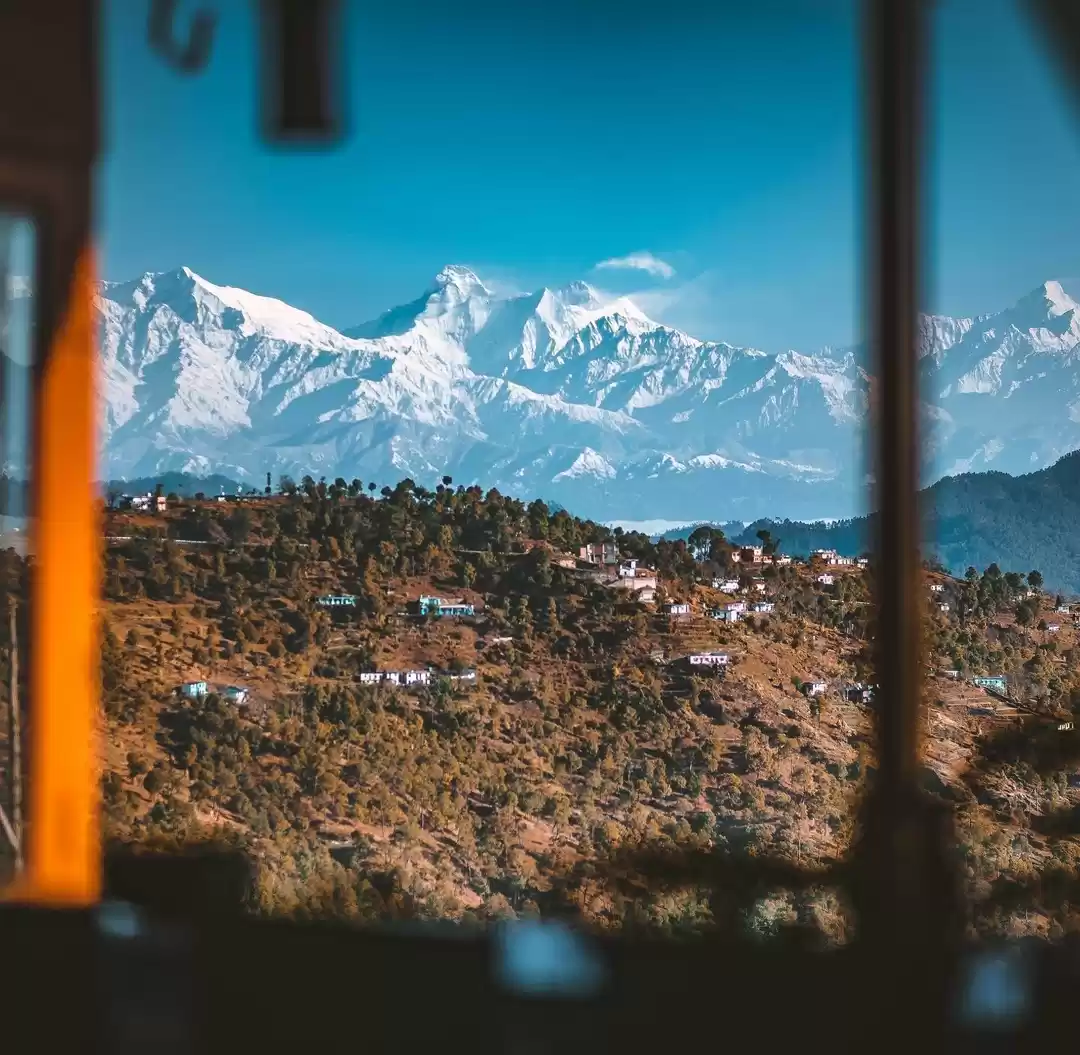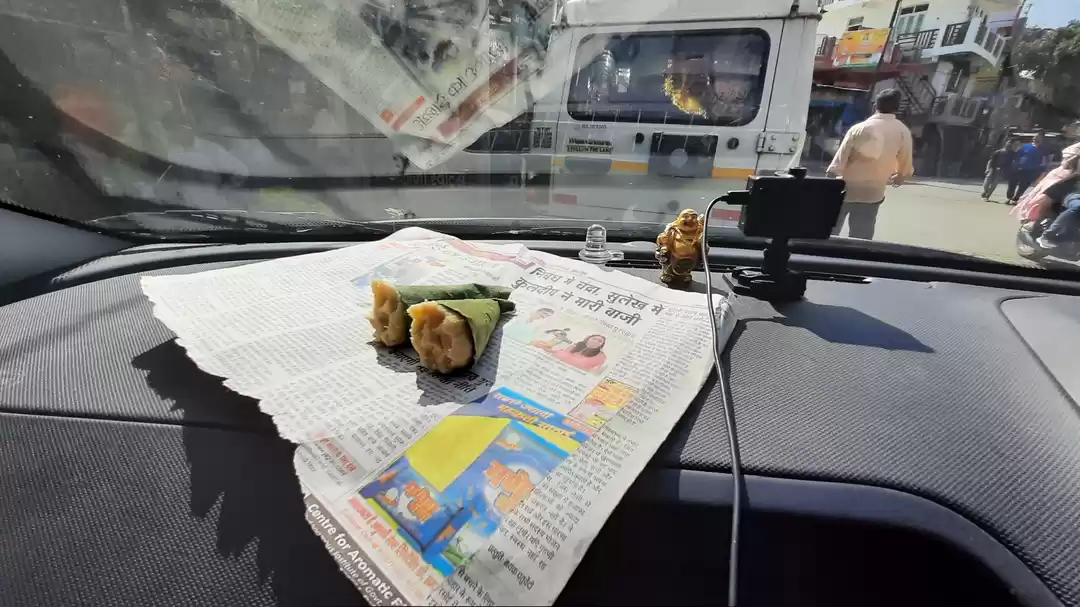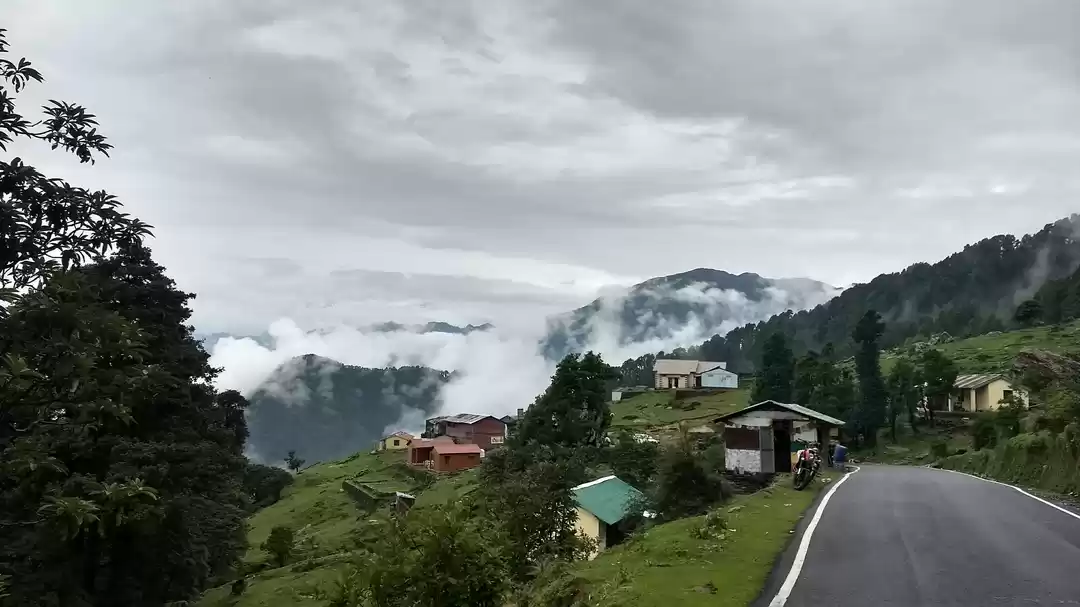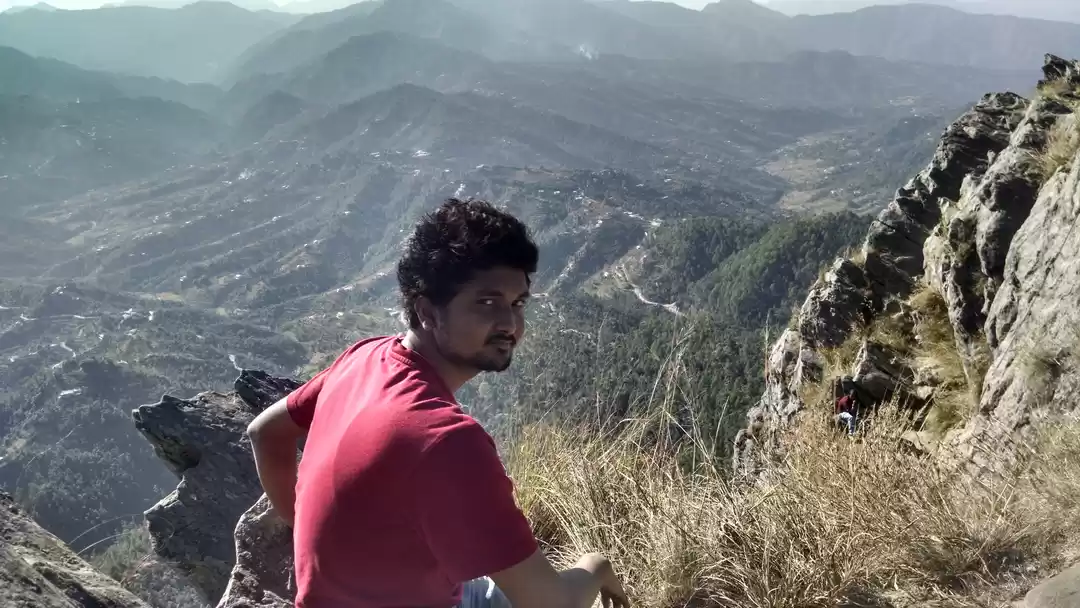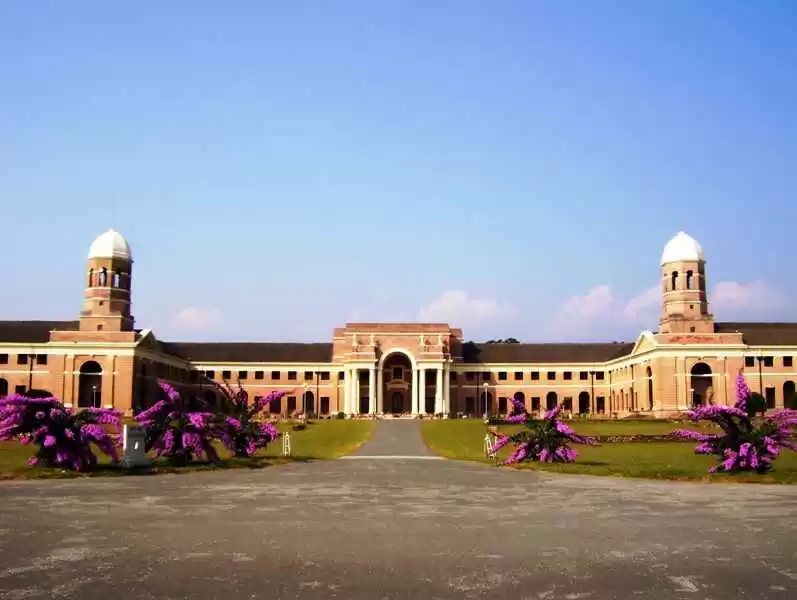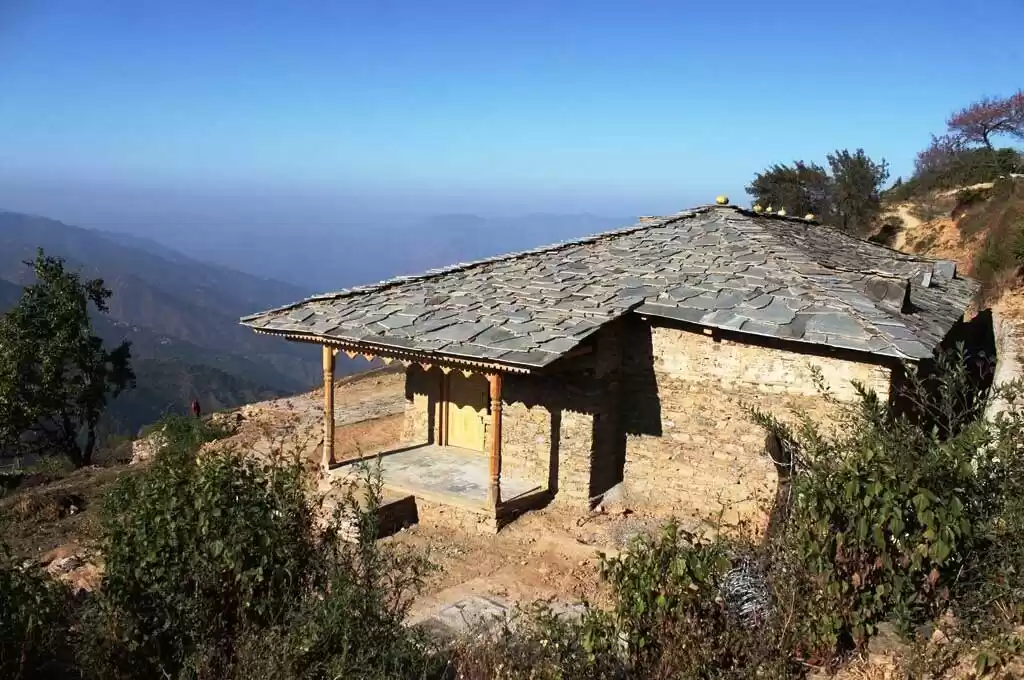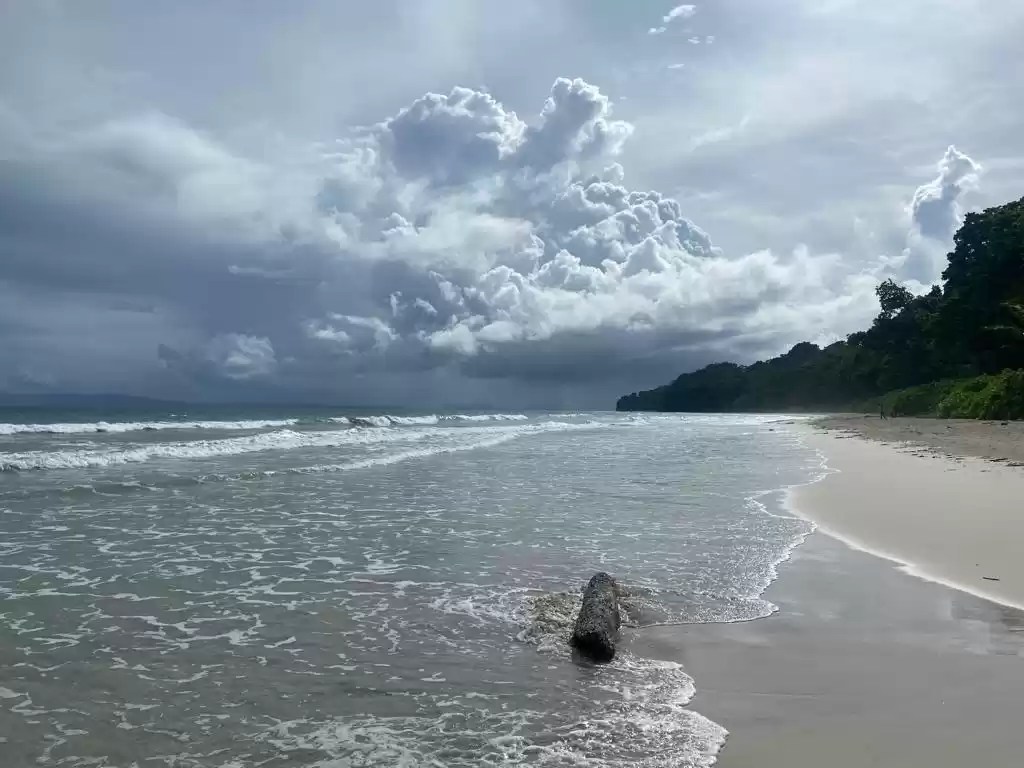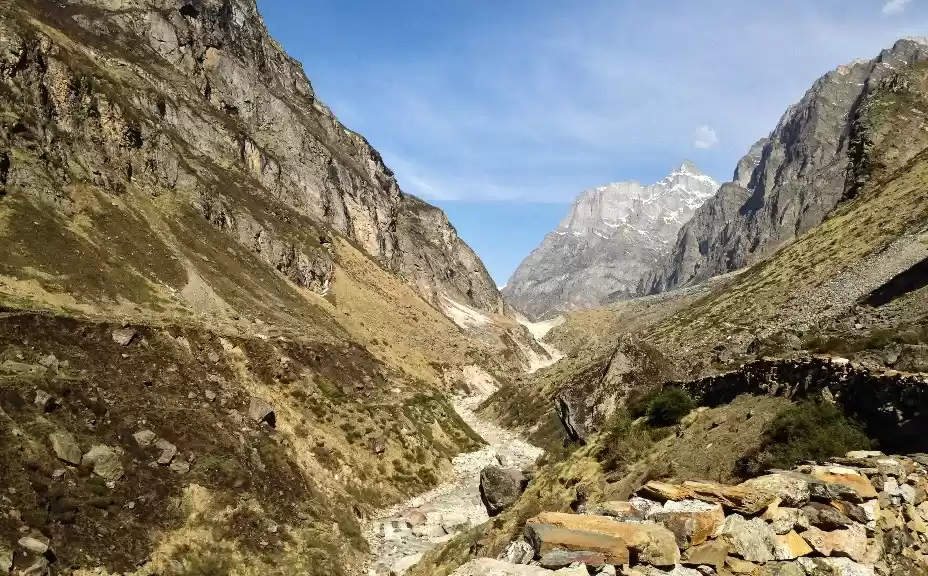
As digitisation is spreading its wings across the nation, some states are going out of their way to ensure that villages, towns and cities get connected. Joining the league, Uttarakhand brought a similar service to its unconnected citizens. The state brought the Internet to some of its remote villages by launching a WiFi balloon. To provide internet access to rural areas, the hill state will be using tethered aerostats.
The first such aerostat was launched at IT Park in Dehradun on a pilot basis. An aerostat is a giant floating balloon that will bring free WiFi to some of the most remote villages in Uttarakhand for the very first time.
How does it work?

This 6 metre long balloon can float for up to 14 days at a time and is the work of IIT-Bombay. The aerostat is fitted with a base transceiver antenna to allow a calling network and it has a WiFi modem that provides Internet in the coverage area. The balloon is lifted off the ground with the help of hydrogen.
The aerostat also has surveillance cameras that will be helpful for emergency situations. Aerostat technology can be used in case of natural calamities when mobile towers stop working. In such cases, real-time monitoring can be done through these cameras as they can act as a mobile phone tower to guide search and rescue operations.
The technology is much like Google’s Project Loon in the way that it uses the physics of hot-air balloon technology to navigate to a remote location. It then beams Internet connectivity down using directional antennae. The antennae are powered on the balloon itself, and connect wirelessly to receive Internet signals from satellites or ground-based broadcasting systems.
Expense & expanse

Set up with ₹50 lakh, the aerostat is capable of providing free Internet in a 7.5km range. It has a download speed of up to 5 Mbps. Anyone in the range will be able to connect to the WiFi which will be free initially. And the best part is that you won’t need a password to log in.
Approximately 680 of the 16,870 villages in Uttarakhand are without mobile and Internet coverage. The major hindrance in the path is the difficulty in laying cables in the hilly region. However, there is a plan to eventually provide free Internet to even more unconnected villages in the future.
Have you ever been to a remote village with no internet connectivity? Share your experience with the Tripoto community here.
For some amazing travel videos, visit Tripoto's YouTube channel.



